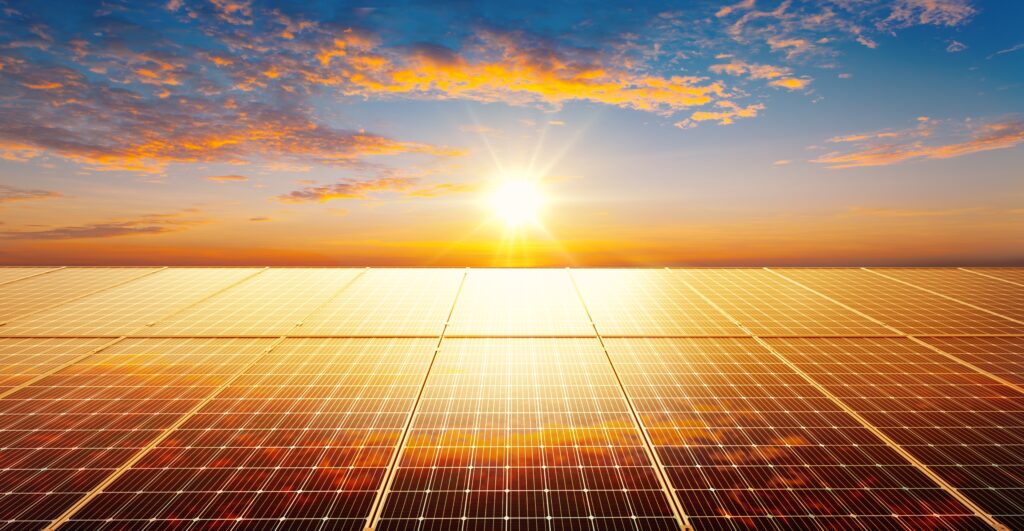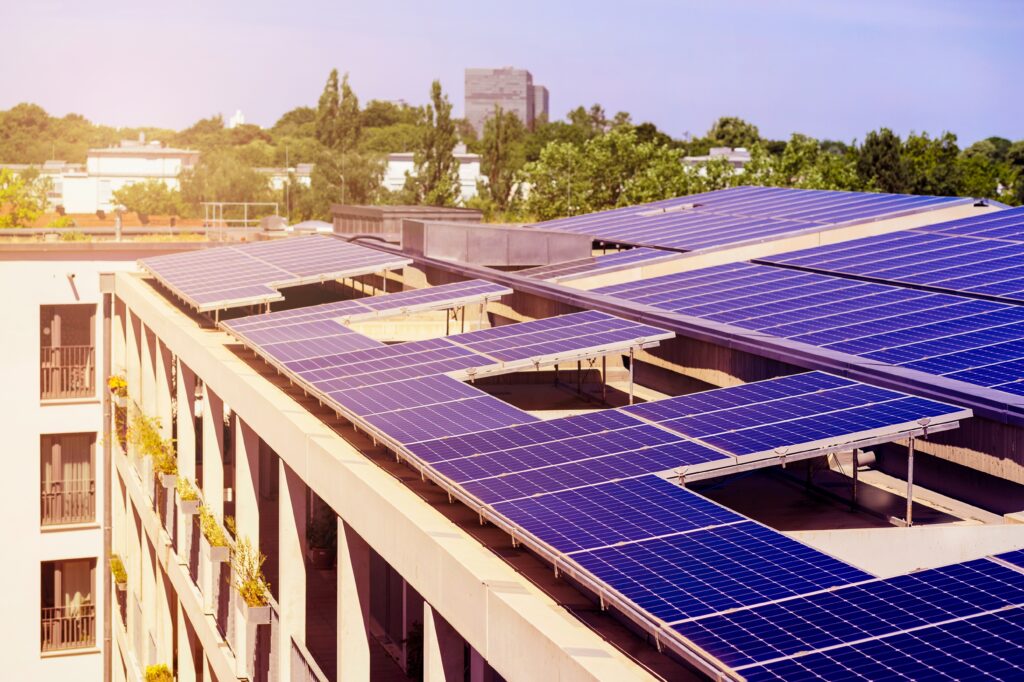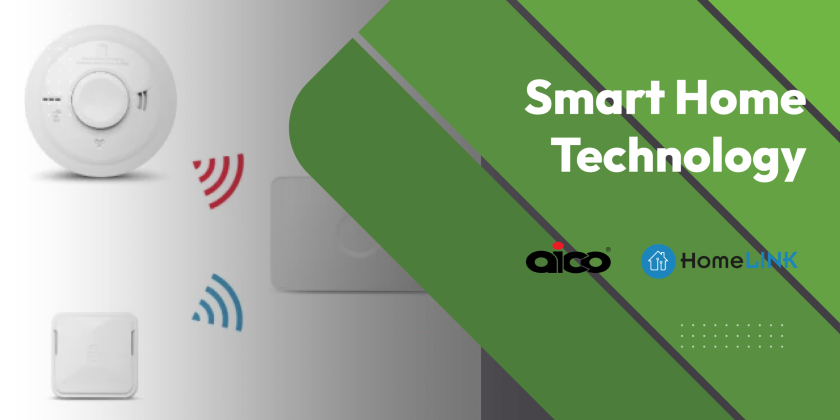A Practical Guide to Understanding Solar Photovoltaic Systems
Solar photovoltaic (PV) systems have become a key player when it comes to sustainable energy solutions. By converting sunlight directly into electricity, these systems offer a clean, renewable source of power that is both efficient and environmentally friendly.
But what is solar PV and how does it work?
In this guide, give you a clear understanding of how they work ation and benefits. Whether you’re considering installing a system at home or simply curious about the technology, this guide will equip you with the essential knowledge needed to grasp the basics of solar PV.
Introduction to Solar PV
What is Solar PV?
Solar PV, or photovoltaic, refers to the technology used to convert sunlight directly into electricity. The term “photovoltaic” combines “photo,” meaning light, and “voltaic,” meaning electric.
These systems use solar panels made up of many photovoltaic cells, which harness the sun’s energy and produce direct current (DC) electricity.
This DC electricity is then converted to alternating current (AC) by an inverter, making it usable for homes and businesses.
Solar PV systems are renowned for their efficiency and minimal environmental impact, making them a popular choice for renewable energy. As the world increasingly moves towards sustainable practices, understanding “what is solar PV” becomes crucial for anyone interested in green technology.
Basic Components of Solar PV Systems
A solar PV system consists of several key components that work together to generate electricity. Firstly, solar panels are the most visible part of the system. Made up of many solar cells, they capture sunlight and convert it into DC electricity.
Next, there is the inverter, which converts this DC electricity into AC electricity, suitable for use in homes and businesses. Additionally, mounting systems secure the solar panels in place, either on rooftops or on the ground.
Wiring and electrical components ensure the safe transmission of electricity between the panels, inverter, and the electricity grid or battery storage.
Finally, a monitoring system tracks the performance of the PV system, providing insights into energy production and usage.
Brief History of Solar Photovoltaics
The history of solar photovoltaics dates back to the 19th century. In 1839, French physicist Alexandre-Edmond Becquerel discovered the photovoltaic effect, noting that certain materials could produce electricity when exposed to light.
Fast forward to 1954, and scientists at Bell Labs created the first practical silicon solar cell, achieving an efficiency of around 6%. This breakthrough marked the beginning of modern solar PV technology.
During the 1960s and 1970s, solar cells found use primarily in space applications, powering satellites. The oil crises of the 1970s spurred interest in alternative energy sources, leading to increased research and development in solar technologies.
Over the decades, advancements in materials and manufacturing processes have significantly improved the efficiency and affordability of solar PV systems. Today, solar PV is a critical component of the global renewable energy landscape, helping to reduce carbon emissions and promote sustainable energy solutions.

How Solar PV Works
Photovoltaic Effect Explained
The photovoltaic effect is the principle behind solar photovoltaic panels and solar PV technology. It involves the conversion of light into electricity at the atomic level. When sunlight strikes a solar cell, it energises electrons in the cell’s semiconductor material, typically silicon.
These energised electrons are knocked loose from their atoms, creating free carriers that generate an electric current. This process occurs within the cell’s electric field, which directs the flow of electrons, forming a direct current (DC).
The photovoltaic effect not only explains “what is solar PV” but also highlights the efficiency of solar cells in harnessing sunlight. The generated DC electricity is then converted into alternating current (AC) by an inverter, making it suitable for everyday use.
This seamless conversion of sunlight into usable electricity underscores the practicality and sustainability of solar PV systems.
Conversion of Sunlight to Electricity
The process of converting sunlight to electricity in a solar PV system, known as solar power, involves several steps. Initially, solar panels capture sunlight using semiconductor materials, usually silicon.
When sunlight hits these materials, it excites electrons, creating a flow of electric charge within the solar cells. This flow generates direct current (DC) electricity. However, most homes and businesses operate on alternating current (AC) electricity.
Thus, an inverter is needed to convert the DC electricity into AC electricity. The inverter plays a crucial role, ensuring the electricity produced by the solar panels can be used by typical electrical devices and fed into the electrical grid.
This conversion process is efficient and seamless, making solar PV systems a reliable source of renewable energy. As we delve deeper into “what is solar PV,” understanding this conversion process highlights how sunlight can be harnessed to meet our energy needs sustainably.
Types of Solar PV Cells
Solar PV panels come in various types, each with its own characteristics and efficiencies. The most common type is monocrystalline silicon cells, known for their high efficiency and longevity. These cells are made from a single crystal structure, making them more efficient at converting sunlight into electricity.
Another type is polycrystalline silicon cells, which are made from multiple silicon crystals. Although slightly less efficient than monocrystalline cells, they are more affordable and widely used in residential and commercial applications. Thin-film solar cells are another option, made by depositing thin layers of photovoltaic material onto a substrate. These cells are lightweight and flexible, making them suitable for specialised applications, although they generally offer lower efficiencies compared to silicon-based cells.
Benefits of Solar PV Systems
Environmental Advantages
One of the most biggest benefits of solar PV systems is their positive impact on the environment. Solar PV systems generate electricity without emitting greenhouse gases, significantly reducing the carbon footprint compared to traditional fossil fuel-based energy sources.
This clean energy production helps combat climate change and reduces air pollution, contributing to improved public health. Additionally, solar PV systems require minimal water for maintenance, unlike conventional power plants that consume vast amounts of water for cooling.
By harnessing a renewable energy source, solar PV systems also reduce dependence on finite natural resources, promoting energy sustainability. As we explore “what is solar PV,” the environmental advantages become a crucial aspect, highlighting the role of solar technology in creating a greener and more sustainable future.
Economic Savings
By generating your own electricity, you can reduce or even eliminate your monthly energy bills.
The initial investment in solar panels and installation, often referred to as the solar panels cost, is offset by long-term savings on utility costs. Additionally, many regions offer financial incentives such as tax credits, rebates, and feed-in tariffs, which further enhance the economic benefits of solar PV.
Over time, the savings can accumulate, making solar PV systems a cost-effective energy solution. Moreover, solar PV systems can increase the value of your property, making it more attractive to potential buyers. These economic advantages are crucial when considering “what is solar PV” and its feasibility as an energy solution.
Energy Independence
Another key advantage of solar PV systems is the increased energy independence they offer. By generating your own electricity, you become less reliant on the national grid and traditional energy suppliers. This independence shields you from fluctuating energy prices and potential supply disruptions.
In times of rising energy costs and instability in energy markets, having a solar PV system provides a secure and predictable source of electricity. Moreover, with the addition of battery storage, excess solar energy produced during the day can be stored for use at night or during cloudy periods, further enhancing self-sufficiency.
This aspect of “what is solar PV” underscores its value in promoting energy resilience. For homeowners and businesses alike, the ability to produce and manage their own energy supply contributes to greater control over energy consumption and costs, making solar PV a smart choice for those seeking long-term energy security.

Installation and Maintenance
Steps in Solar PV Installation
The process begins with a site assessment, where a professional evaluates your property’s suitability for solar panels, considering factors like roof orientation, shading, and structural integrity.
Next, a customised system design is created, specifying the type and number of panels, the inverter, and other necessary components. Once the design is approved, the installation phase begins. This includes mounting the solar panels, setting up the inverter, and connecting the system to your electrical grid.
After installation, the system undergoes thorough testing to ensure everything functions correctly. Finally, the system must be inspected and certified by local authorities to comply with regulations and safety standards.
Proper installation is crucial for maximising the efficiency and lifespan of your solar PV system.
Key Considerations for Homeowners
For homeowners considering installing a solar PV system, several important factors need to be evaluated to ensure a successful investment. Firstly, assess the suitability of your roof, including its orientation, angle, and any potential shading from nearby trees or buildings. These factors can significantly impact the efficiency of your solar panels.
Secondly, research and choose a reputable installer with experience in residential solar PV systems to guarantee quality workmanship and compliance with local regulatioqns. Additionally, consider the financial aspects, such as initial costs, available incentives, and potential savings on energy bills.
It’s also essential to understand the maintenance requirements of a solar PV system, which typically involves periodic cleaning and inspections to ensure optimal performance. Lastly, review your local grid connection policies and any potential benefits such as net metering.
Maintaining Your Solar PV System
Proper maintenance is essential for ensuring the long-term efficiency and reliability of your solar PV system. Although solar panels are generally low-maintenance, regular inspections and cleaning can help maintain optimal performance.
It is advisable to check the panels for dirt, debris, or any physical damage at least once or twice a year. Cleaning the panels with water and a soft brush can remove dust and grime that may reduce their efficiency. Additionally, monitoring the system’s performance through an online portal or a monitoring app can help detect any irregularities or drops in energy production.
Scheduling professional maintenance checks every few years is also recommended to inspect electrical connections, the inverter, and other components. Understanding “what is solar PV” includes knowing how to maintain the system properly, ensuring it continues to provide clean, renewable energy for many years.
Future of Solar PV
Technological Advancements
The future of solar PV systems is bright, thanks to continuous technological advancements. Innovations in materials and manufacturing processes are driving the development of more efficient and cost-effective solar cells.
For instance, the emergence of perovskite solar cells promises higher efficiencies and lower production costs compared to traditional silicon-based cells. Additionally, bifacial solar panels, which capture sunlight from both sides, are increasing overall energy yield.
Improvements in energy storage technologies, such as advanced lithium-ion and solid-state batteries, are also enhancing the viability of solar PV systems by allowing excess energy to be stored and used when needed. Furthermore, smart grid technologies and artificial intelligence are being integrated into solar PV systems to optimise energy management and distribution.
These advancements not only improve the performance and affordability of solar PV but also expand its applications, making renewable energy more accessible and practical for a diverse range of users.
Government Policies and Incentives
Many governments worldwide are implementing regulations and providing financial incentives to promote the adoption of solar energy. These incentives include tax credits, rebates, and grants, which can significantly reduce the initial cost of installing solar PV systems.
Additionally, feed-in tariffs and net metering policies allow homeowners and businesses to sell excess electricity back to the grid, providing an extra source of income and encouraging more people to invest in solar technology. Governments are also setting renewable energy targets and introducing mandates that require a certain percentage of energy to be generated from renewable sources.
Market Trends and Projections
The solar PV market is poised for significant growth in the coming years, driven by increasing demand for renewable energy and ongoing technological advancements. Market trends indicate a steady decline in the cost of solar PV systems, making them more accessible to a broader audience.
This affordability, coupled with rising energy costs and environmental concerns, is encouraging more homeowners and businesses to adopt solar energy solutions.
Furthermore, the integration of energy storage systems is enhancing the reliability and appeal of solar PV, allowing for greater energy independence. Projections suggest that the global solar PV market will continue to expand, with substantial investments in large-scale solar farms and residential installations.



